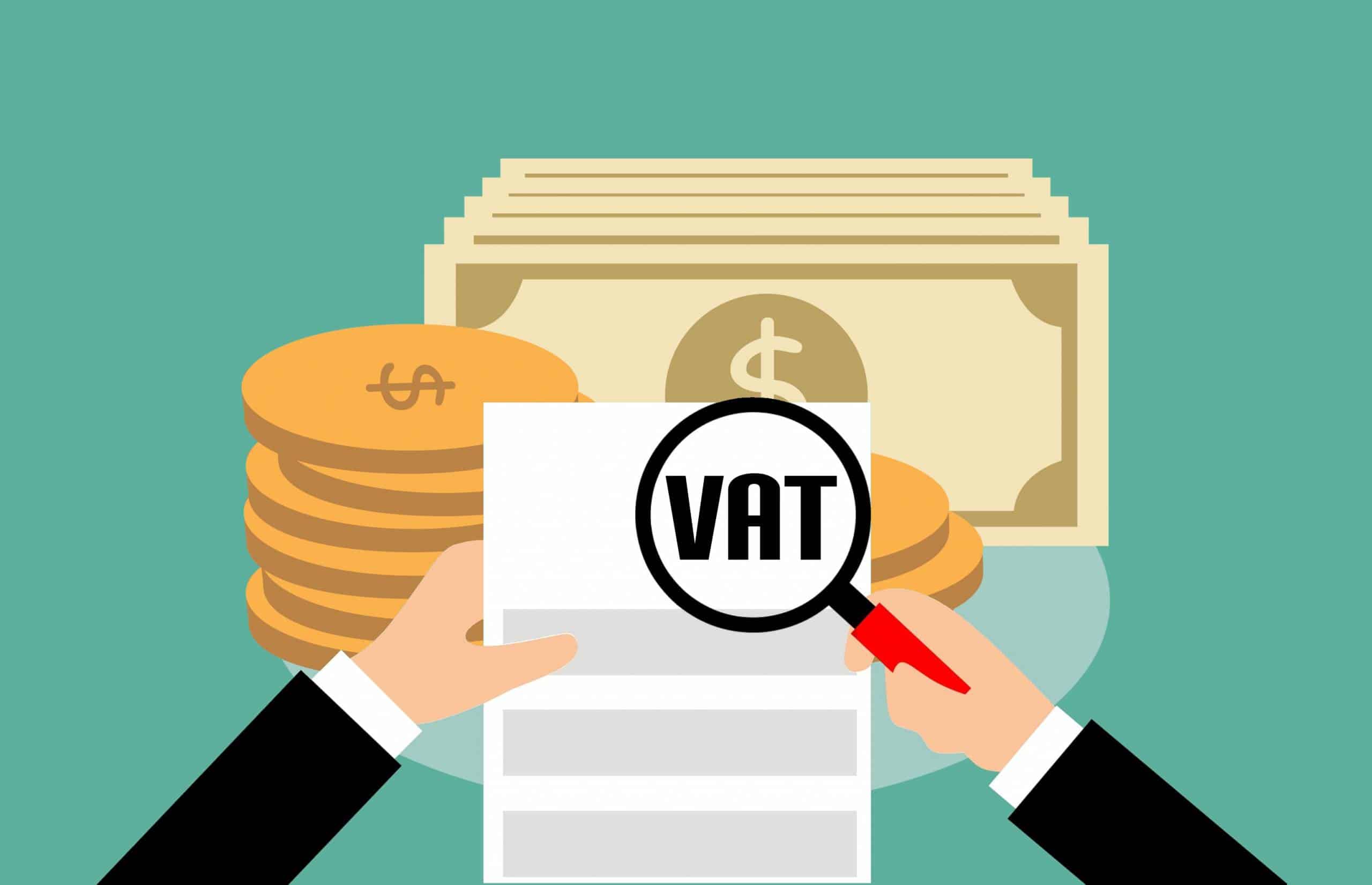
Introduction
When it comes to expanding your store’s footprint, selling on the Amazon Europe marketplace is perfect. It offers automatic entry into the lucrative EU market and access to its expansive customer pool. Post-pandemic, online shoppers are still favoring marketplaces like Amazon, eBay and Etsy. With statistics showing a 75% increase in ecommerce shopping in 2021, naturally, the EU tax authorities introduced new reforms to simplify EU VAT procedures in July 2021.
These reforms apply to those selling on Amazon EU! Remember, you’re selling products, which means you need to know the relevant regulations. Read on for a breakdown of the changes to EU VAT procedures!
What is the Amazon Europe VAT?
Amazon Sellers that do not sell on Amazon Europe may not be aware what the EU VAT is. The EU VAT stands for the European Union Value Added Tax. You can think of this as something similar to the sales tax you pay in the US. All Amazon EU Sellers need to have an EU VAT Registration number to sell at all! Amazon collects EU VAT tax fees on a monthly basis. Hence, keeping up with any changes in the EU VAT is absolutely essential.
If you are planning to expand from Amazon US to Amazon Europe, you need to know this!

What’s included in the Amazon Europe VAT Reform?
Abolishment of Country-specific Distance Selling Thresholds
Country-specific thresholds no longer apply. This means EU and non-EU-based businesses holding stock in several EU countries and selling cross-border will charge VAT in the country where the customer is established from the first sale. Simply put, you will pay VAT tax according to where in the EU you officially established your business.
On Amazon, you generally need to provide a local business address, so make sure you know the local tax regulations!
Introduction of OSS and IOSS
The OSS (One Stop Shop) Scheme, as an expansion of the previous Mini One Stop Shop (MOSS), allows companies to account for VAT in a single EU Member State registration, rather than registering in each EU location where they make B2C sales.
OSS is split into two schemes:
- Union OSS: this scheme can be used by EU-based businesses to report VAT due on intra-EU sales of goods and services and by non-EU based businesses to report VAT due on physical goods only.
- Non-Union OSS: this scheme can be used by non-EU established businesses to report VAT due on B2C sales of services & digital goods only.
The IOSS (Import One Stop Shop) Scheme allows businesses, including online marketplaces, to report the import VAT due on their B2C sales of goods imported into the EU with a consignment value that does not exceed EUR 150.
Abolishment of Low Value Consignment Relief
Previously goods with a value up to EUR 22 were exempt from VAT when imported into the EU. Now, VAT is due on all commercial goods being imported into the EU irrespective of their value. IOSS is designed to alleviate some administrative burdens that might be caused by this new legislation. By allowing businesses to report all the VAT due on these distance sales of goods under one registration and one monthly filing, the admin duties increase.
New marketplace VAT responsibilities
Marketplaces now have increased responsibility when collecting and reporting VAT from their EU consumers. Currently, marketplaces must fulfill this role on behalf of sellers in these scenarios:
- Distance sales of goods imported into the EU with a value up to EUR 150
- Supply of goods to EU consumers when the goods are already located within the EU and the seller is based outside of the EU, irrespective of the value of the goods
If either of these conditions are met, the marketplace is considered the ‘deemed supplier’ of the goods. The marketplace will need to charge and collect VAT from the customer. Remember – holding stock in an EU member state where your business is not established will still trigger a VAT obligation for both EU and non-EU based businesses.
How do these changes affect non-EU sellers using a marketplace?
Is your business not based in the EU? Your VAT liabilities will be influenced by where your goods are located at the point of sale. It will also depend on the value of the consignments you send.
If you store goods inside an EU member state for sale via a marketplace
Do you store goods within an EU member state for sale through a marketplace? You will need to be VAT registered in this location as you are holding stock. For example, if you import stock to be held at a marketplace’s warehouse facility, you will need to register in the country where your goods will be stored.
If you store goods in multiple EU member states for sale via a marketplace
Are you using Amazon Pan-EU FBA or other marketplace warehousing and fulfilment services? You are required to have a VAT registration at each location that your stock is held. This may mean registering in all 6 destinations where Amazon has warehouses in the EU. However, for businesses established outside of the EU selling on a marketplace, the marketplace itself will be responsible to collect the VAT due on all sales between EU member states when your goods are in the EU at the point of sale.
If you store goods outside of the EU and import in consignments below EUR 150
Are you a non-EU established business storing stock outside of the EU at point of sale via a marketplace? Do you import consignments to EU customers with a value that does not exceed EUR 150? Then, the marketplace will be considered the ‘deemed supplier’. This will mean that the marketplace assumes responsibility for charging and collecting VAT from the customer.
The marketplace should supply you with an IOSS number to attach to your consignment(s) prior to shipping.
If you store goods outside of the EU and import in consignments exceeding EUR 150
Do you hold goods outside of the EU for sale through an online marketplace? Do you import consignments exceeding EUR 150? Then YOU will be responsible for charging and collecting VAT from the customer. Standard customs procedures will also apply now. You will need to appoint an Importer of Record who will be responsible for any customs duties or import charges.
Conclusion
Remember, VAT rates differ across the EU so staying updated on the latest rates is important so you can apply the correct amount to each sale made to EU customers. You will also want to factor this in when pricing your items across different countries to maintain your profit margins.
About the Author
SimplyVAT.com has a team of international VAT experts who can help you understand your VAT liabilities when selling through a marketplace. As comes with the territory, selling cross-border via a marketplace can be confusing so it’s always best to consult an expert and to have your compliance confirmed so you can sell confidently!
Get in touch with a member of their team today.
Discover more from reviewer4you.com
Subscribe to get the latest posts to your email.





